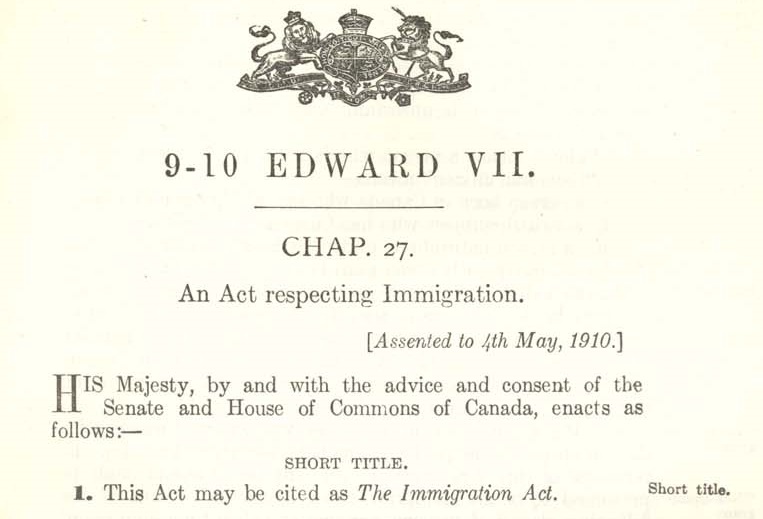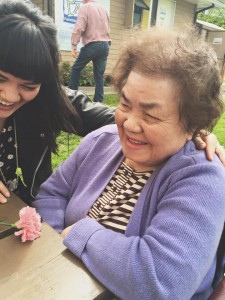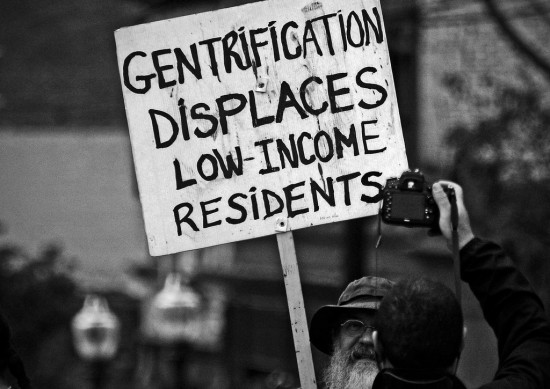Each student will be assigned a section of the novel Green Grass Running Water (pages will be divided by the number of students). The task at hand is to first discover as many allusions as you can to historical references (people and events), literary references (characters and authors), mythical references (symbols and metaphors).
Assigned section: “Oh Oh, says Coyote, I don’t want …” [162] End: Eli drove the car through the gravel ….”[171].
I’ll begin by quickly summarizing my assigned section for context. In the first part of the section, I tells the story of Changing Woman, who is stuck on an island. One day, Changing Woman is approached by a ship. She is invited onto the ship, which ends up being full of whale fishermen, the captain being Ahab, a short man with a wooden leg. The ship is called the Pequod. Changing Woman meets a young man names Ishmael, and he renames her Queequeg. The seamen spot a whale and kill it. Then, they see another whale, this time a black female whale, and call it Moby-Jane, the Great Black Whale.
The second part of my assigned section follows Eli and Karen on their way to visit Eli’s family at the Sun Dance. During their trip, Eli also engages with the story of Iron Eyes and Annabelle, a story that parallels his own. Iron Eyes, and Native man, falls in love with Annabelle, a white woman. He is “forced to choose between Annabelle and his people” (King).
Allusions:
Changing Woman is a Navajo Deity, “a holy woman of miraculous birth” (Fink 152). According to Navajo Legend, she represents “the power of earth and of women to create and sustain life”. King suggests she’s a lesbian in other parts of the text.
White Whale. The seamen are looking for a white whale, emphasizing the allusion to Moby Dick. In Moby Dick, Captain Ahab’s obsession with the White Whale overtook his life.
Ahab alludes to the Captain Ahab in Moby Dick.
The Pequod is Captain Ahab’s ship. Alludes to Moby Dick, but also to the Pequots, “Natives of the Eastern Woodlands” (Flick 158). Flick explains that during the Pequot War of 1637, most Pequot peoples were killed or enslaved (158).
“Call me Ishmael” is the iconic opening line of Moby Dick.
“I’ll call you Queequeg”. Queequeg is Ishmael’s friend in Moby Dick. He is “a variation on the faithful ‘Indian’ companion” (Flick 142). He’s a harpooner on the Pequod in Moby Dick. By renaming Changing Woman as Queequeg, King “inverts traditional binaries” (Davidson 93). When Ahab says that they “only kill things that are useful or that we don’t like,” Changing Woman (or Queequeg) calls him out on that, saying that his actions are “crazy”.
Moby-Jane subverts Herman Melville’s male- and white-dominated text. She is a black female lesbian whale, indicated when the seamen exclaim, “Blackwhaleblackwhaleblackwhalesbianblackwhalesbianblackwhale.” When she is introduced in the text, Ahab refuses to believe that she’s a woman, saying “You mean white whale, don’t you? Moby-Dick, the great male white whale?”. Coyote interrupts I’s story, and says, “She means Moby-Dick… I read the book. It’s Moby-Dick, the great white whale who destroys the Pequod.” I replies, “You haven’t been reading your history… It’s English colonists who detroy the Pequots.”
Through Moby-Jane’s introduction, King examines both the “white-washing and masculinizing history (Davidson 92). By rewriting this narrative, King inverts traditional binaries.
De Soto. This car is named after Hernando De Soto, a Spanish Conquistador who moved through Flordia, Georgia, the Carolinas, Tennessee and Oklahoma, “wreaking cultural havoc” (Flick 158). Eli and Karen travel in the De Soto to the reservation. Along the paved roads, the car works fine, but when it ravels off the asphalt and onto the unpaved lease road, it “became a different car,” one that is more challenging to drive and that causes more discomfort and destruction. This seems like an allusion to De Soto’s destruction of uncolonized towns.
Iron Eyes alludes to Iron Eyes Cody, an American actor who portrayed Native Americans in the media. Wll known for his Crying Indian PSA, he represents the stereotypical image of a Native person.
Works Cited:
Davidson, Arnold E., Priscilla L. Walton, and Jennifer Courtney Elizabeth Andrews. Border Crossings: Thomas King’s Cultural Inversions. Toronto: U of Toronto, 2003. Web. July 11 2015.
Flick, Jane. “Reading Notes for Thomas King’s Green Grass, Running Water.” Canadian Literature 161/162 (1999). Web. July 09 2015.
King, Thomas. Green Grass Running Water. New York: Houghton Mifflin, 1993. Kindle eBook.
“Hernando De Soto.” History.com. 2009. Web. 11 July 2015.
Moby Dick – Enter Queequeg. YouTube. 23 July 2007. Web. 11 July 2015.
“Navajo Legend – Changing Woman.” Native American Art. 2010. Web. 11 July 2015.
The Crying Indian – Full Commercial – Keep America Beautiful. YouTube. 30 Apr. 2007. Web. 11 July 2015.






